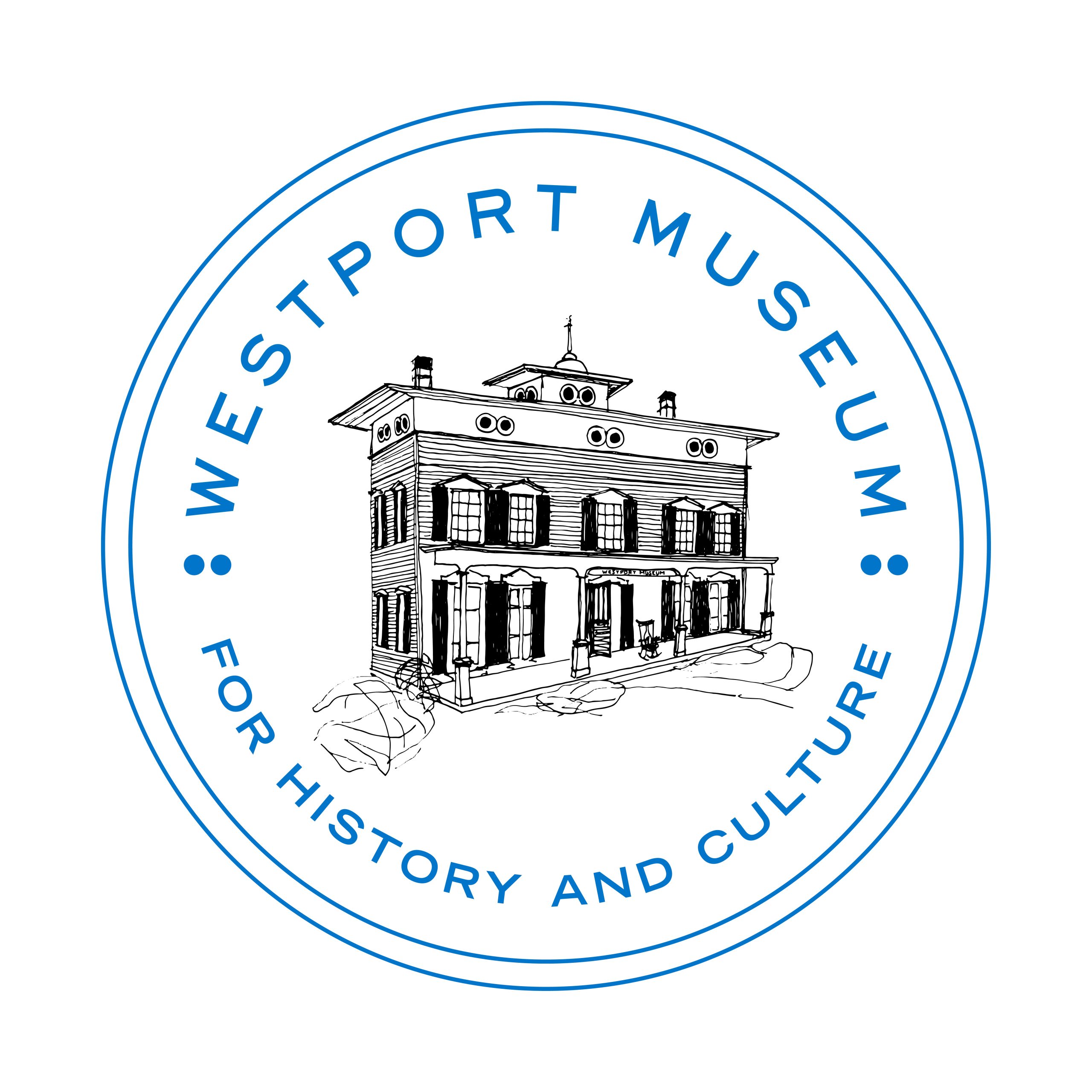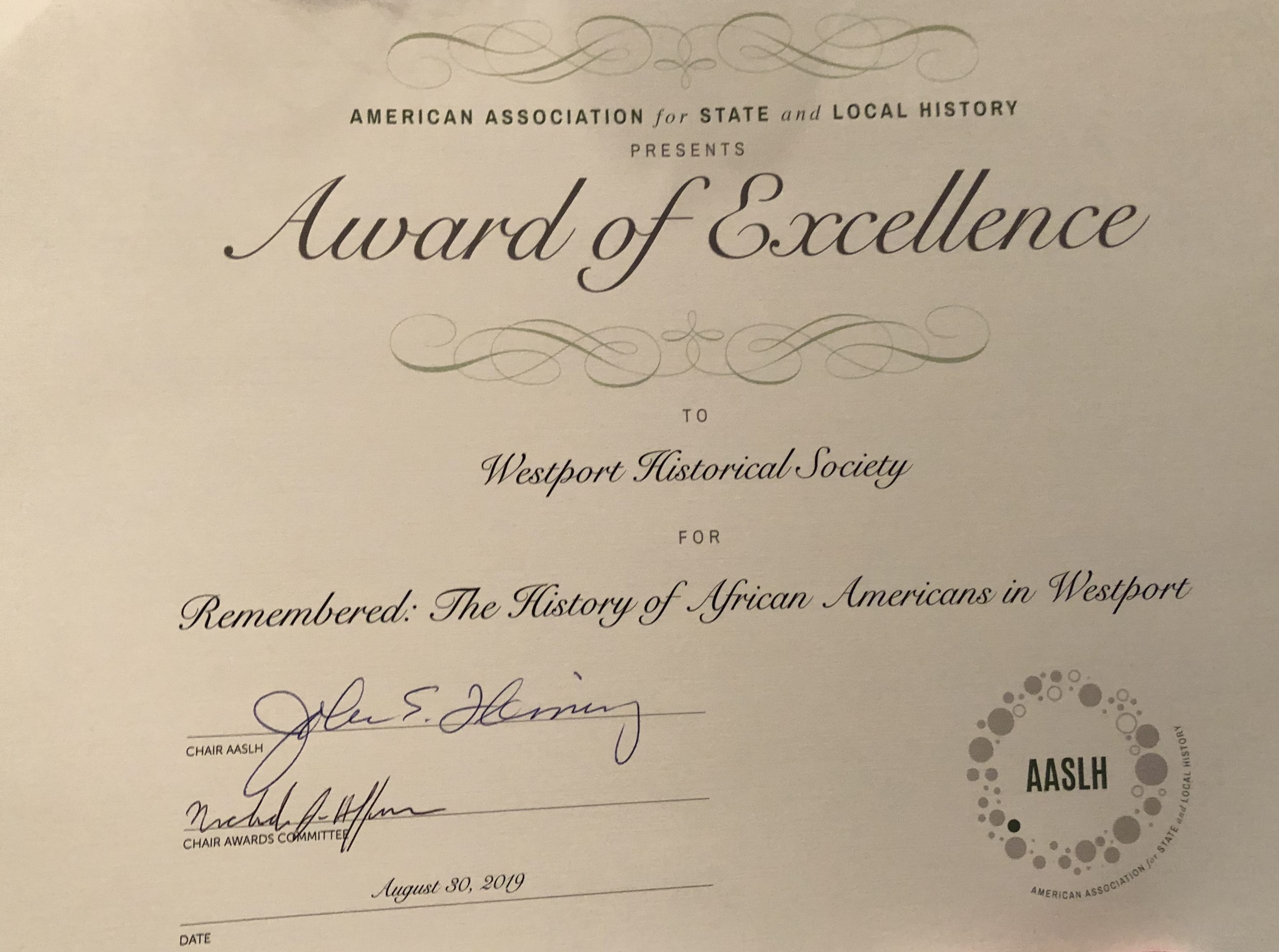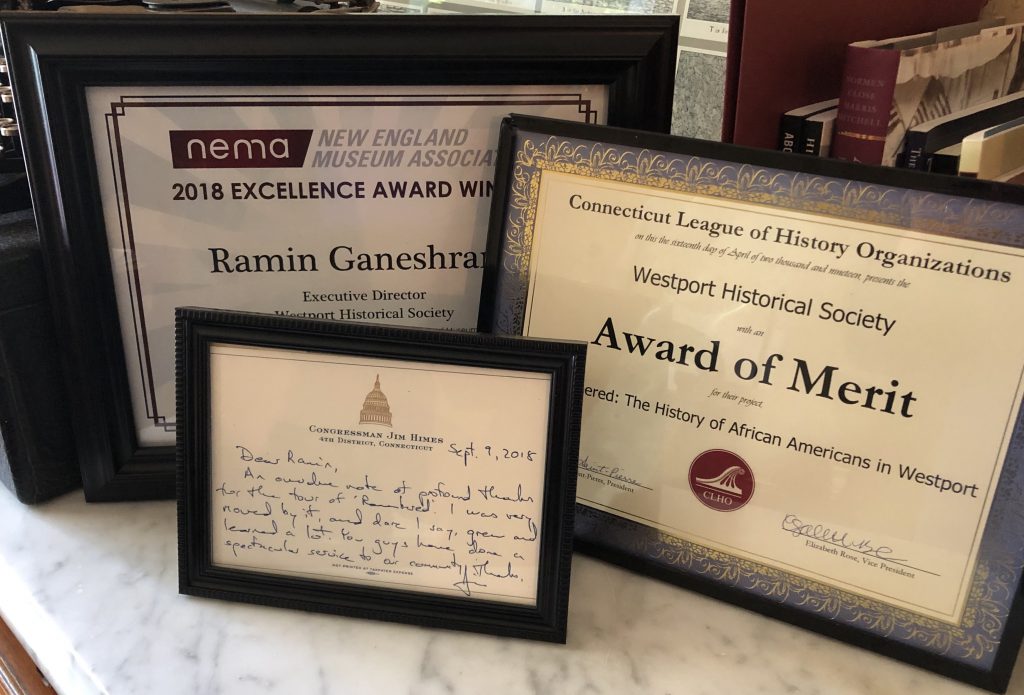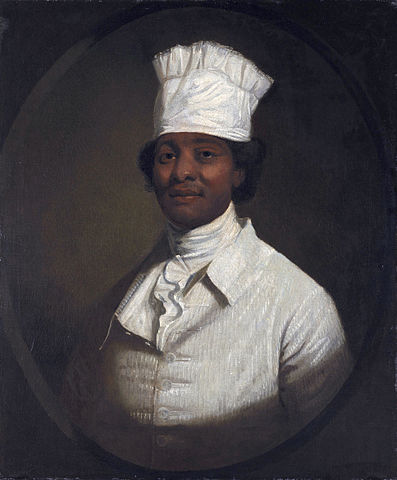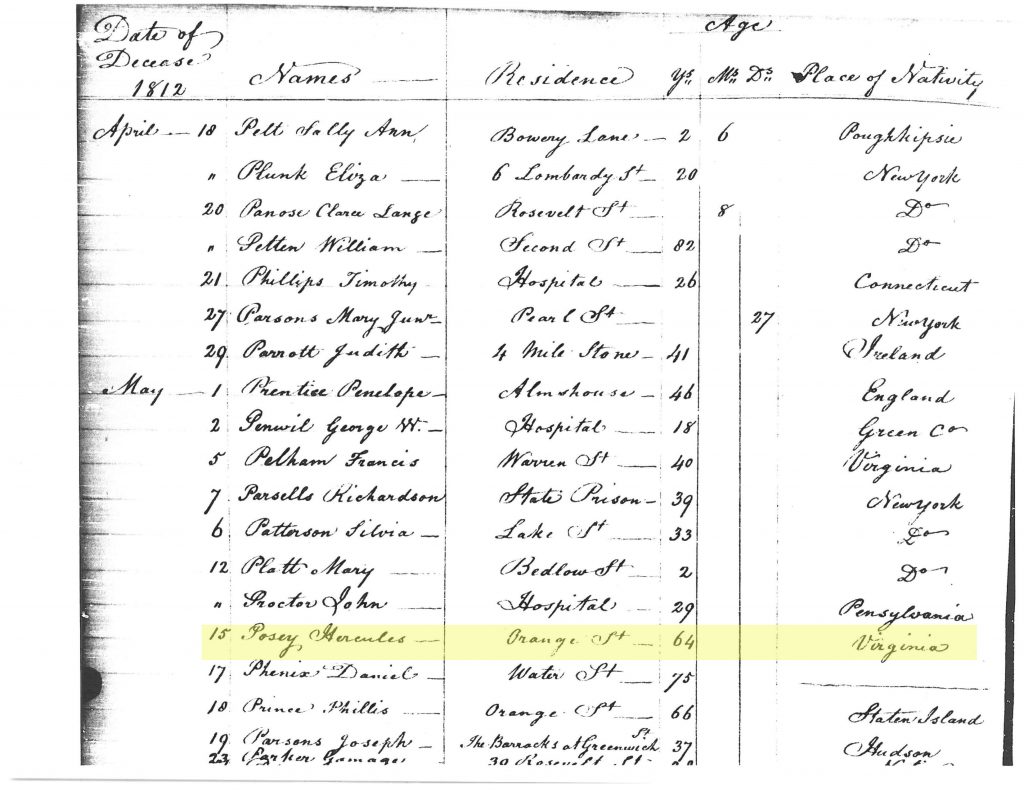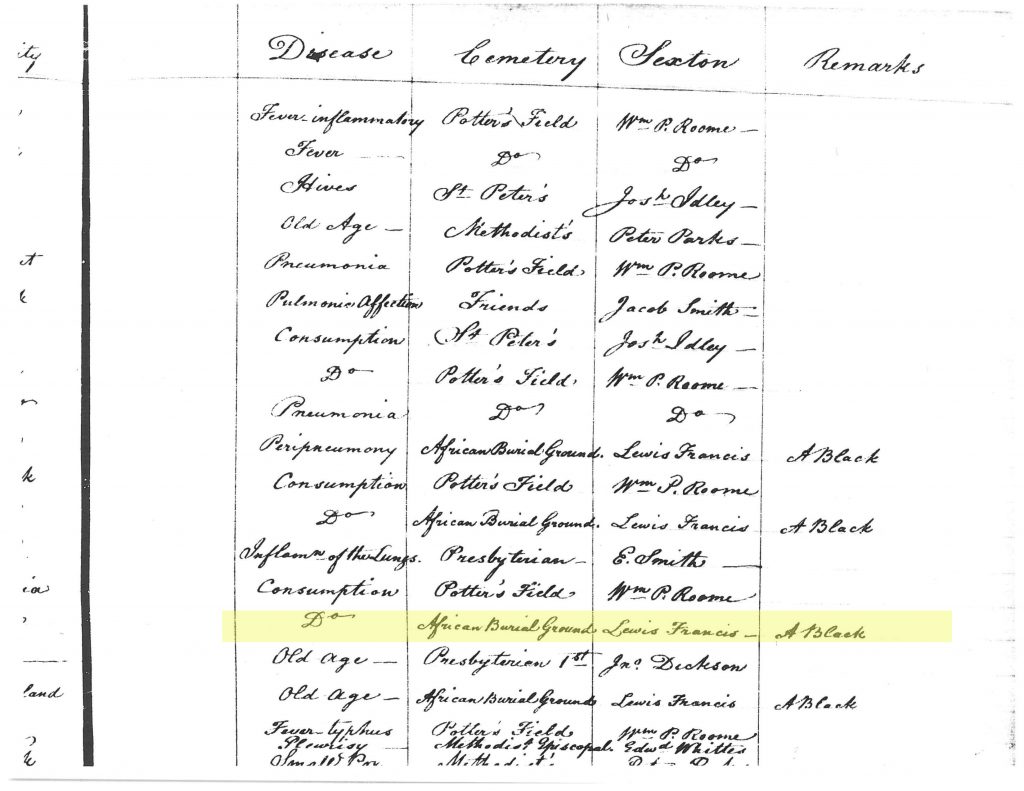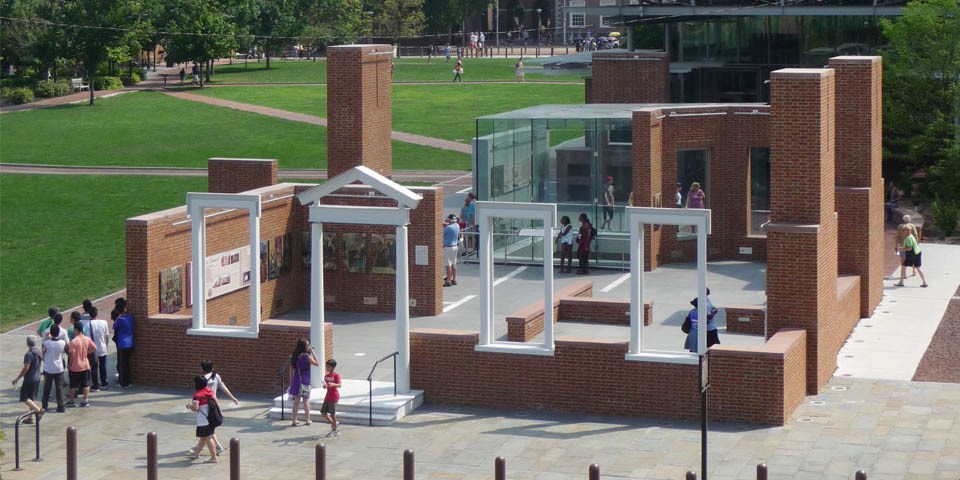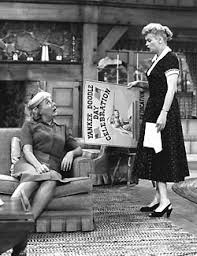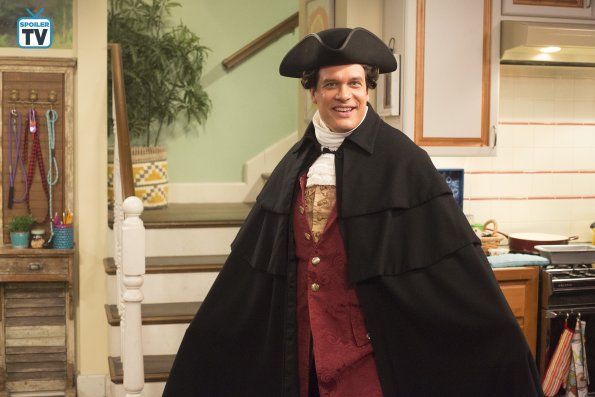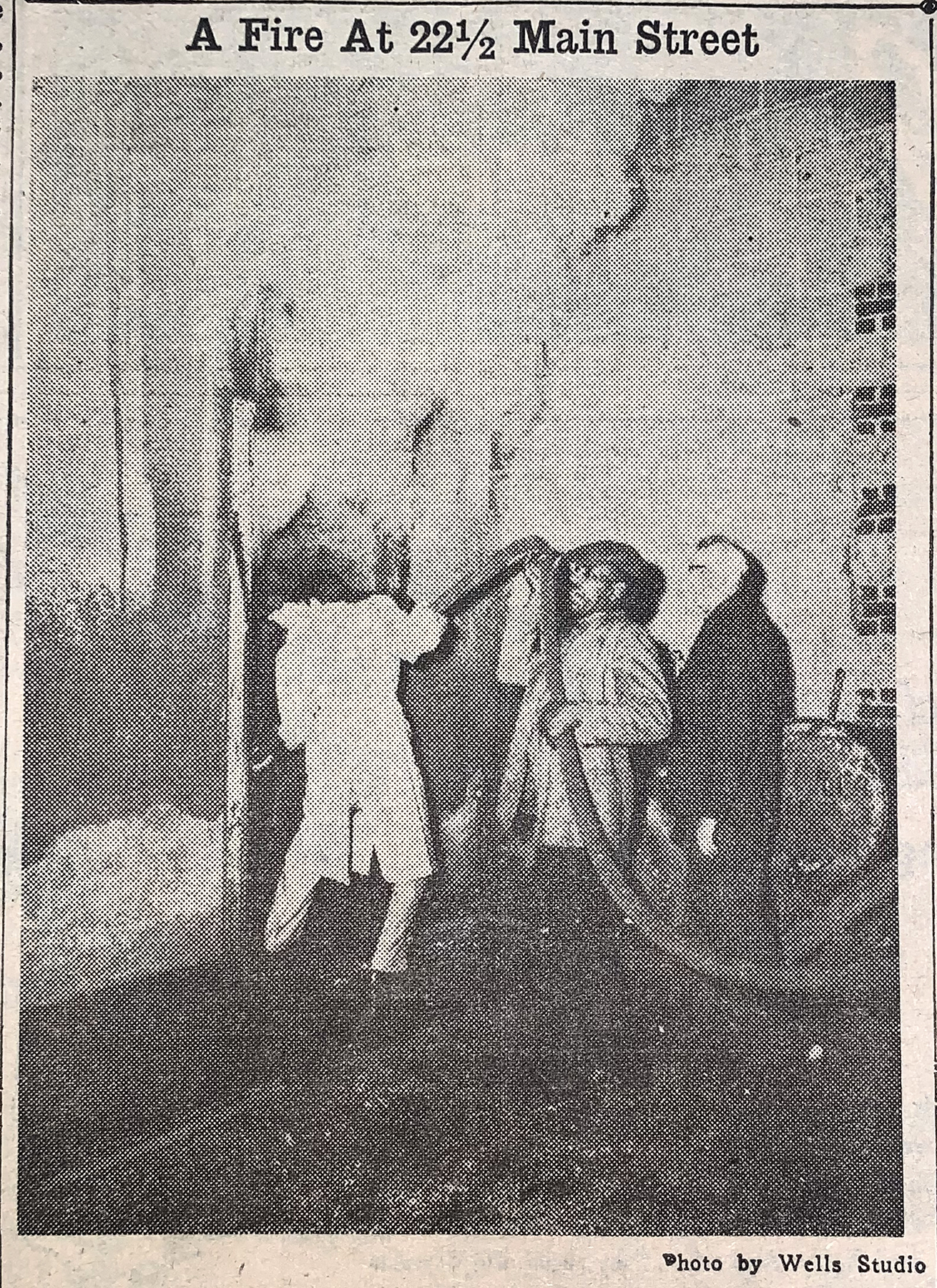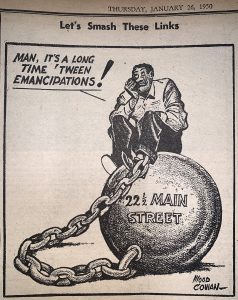In a world where things change so rapidly, one can always depend on history to comfortingly, placidly stay the same—right?
Wrong.
In fact, nothing could be further from the truth.
It is only the facts of the past that remain unchanged. The truth of what happened, when, who was involved, who gained and who lost—these facts are irrefutable. Whether those facts are accurately retold—or told from all perspectives—is another matter entirely.
It’s an important distinction because this retelling of facts—or parts of them–is what we call history. What we know as history is subjective. It is a view of the past told through the eyes of an individual or group of individuals. Usually, that group is the one which holds the power to disseminate information. As such, what we call “history” can be one sided or lacking holistic depth.
History can be imperfect, but the facts of the past are neither perfect nor imperfect, they simply exist. Standards for museum interpretation as outlined by national accrediting agencies guide us to offer visitors all the facts that we have available to us so that they may draw their own conclusions based on truth versus conjecture. In other words, historians and history organizations are charged with providing as complete a factual view of the past as is possible. This is particularly important when we work with local schools to provide learning opportunities for students of all ages.
This modern view of the work we do is actually one that has evolved over time and one which has guided many organizations similar to ours. Like them, we have moved toward creating exhibits and programs based upon facts. In so doing, we’ve also moved toward a clearer understanding of the work we do and its place in the world.
In 2014 Fairfield Historical Society changed its name to the Fairfield Museum and History Center and in 2018 Stamford Historical Society followed suit. Nationally, Richmond Historical Society was renamed Virginia Museum for History and Culture in 2018. Similar name changes have been undertaken by historical societies in Ohio, Colorado and elsewhere.
That is why I’m delighted to share that, as of September 28th, with the opening of our newest exhibit Becoming Westport, Westport Historical Society will be now called Westport Museum for History & Culture—a name more factually indicative of what we do.
While a name change is certainly different, it is not actually new. The Board of Directors voted to change the name of the organization back in 2017 after going through a program called StEPs (Standards and Excellence Program for History Organizations) which was run by Connecticut Humanities. That program allowed the organization’s total operations to be assessed with the goal of creating a strategic plan. As part of that plan, a name change to incorporate “museum” was recommended.
Perhaps, more interesting, name-changes are a regular part of our long history. Westport Historical Society was founded in 1887 as the Westport Historical Society but the name was changed to Saugatuck Historical Society in 1890 to be more historically representative of the town’s past. After years of non-operation, the Society re-opened in 1958 as the Westport-Weston Historical Society, becoming Westport Historical Society again in the early 1960s.
So why did the Board of Directors choose to change the name yet again? The new name reflects WHS award-winning museum work and mission to explore history factually and by recognizing the many different aspects of local and regional culture that contribute to the town and larger area.
There are practical business reasons for the name change as well. The quality of work that WHS has done in the last two years with respect to exhibits, programming, research and collaboration has put it in the category of respected museums. Formally, pursuing museum status allows WHS to apply for better funding opportunities in terms of grants and sponsorship’s. This is incredibly important since we do not receive state or federal funding outside of grants that we may or may not receive in any given year. Town funding that we received in years past as fees for record storage may no longer be available to us in the next budget year.
Our switch to becoming the Westport Museum for History & Culture follows a trend among local cultural organizations to become more expansive and regional in their scope. The Westport Library’s transformation project, completed in 2019, evolved the library from a simple repository for books to a multimedia center with state-of-the-art performance venues, luring visitors county and statewide. The Westport Arts Center recently moved to a larger locale, changing its name to Museum of Contemporary Art reflective of the world-class shows and expansive scope it has achieved in the last few years.
Now I know that a name change seems like a pretty big deal—and it is!–but what we are doing inside the museum is even more important. Over the last two years, we’ve been working incredibly hard to enact all the amazing goals in the Strategic Plan that the local community leaders who comprise our Board of Directors worked on with dedication for three years from 2014-2017.
The great news is that we’ve had some incredible successes in a very short time and with limited resources. Our work revealing all of Westport’s history—stories previously told and those untold—is getting national recognition and we are grateful.
But we are most grateful for is the chance to continue to do this good work under the umbrella of a new name that signals to Westporters and those beyond our border all that we can do.
Thank you for being part of our journey—the best is yet to come!

Ramin Ganeshram

